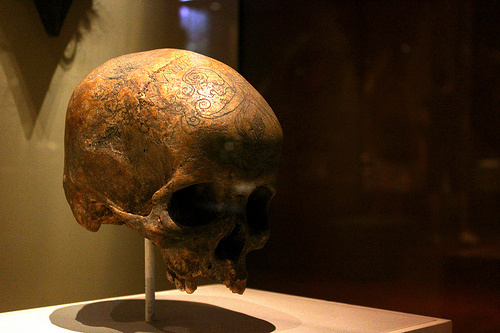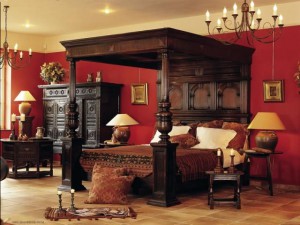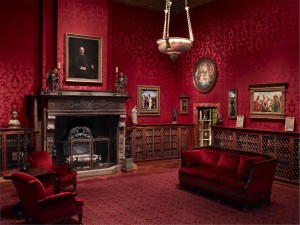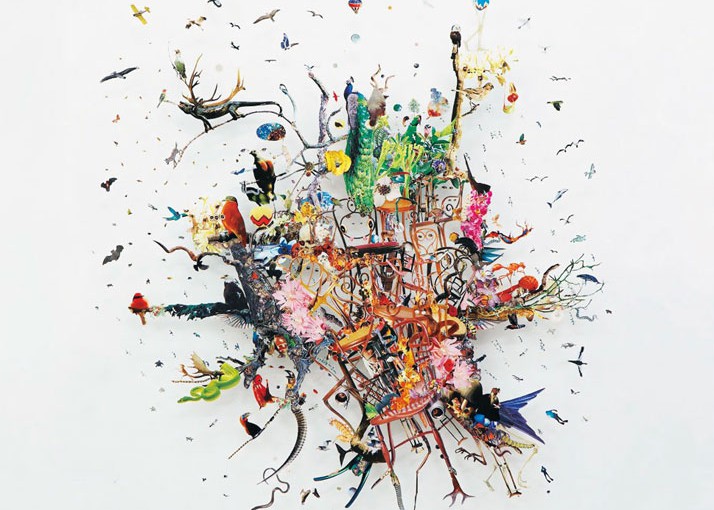What was your favorite object from today’s visit to the Asian Civilizations Museum?
My favourite item has to be the carved skull. It was hauntingly beautiful. A lot of questions came to my mind. Why would someone carve a skull? was the main question. The skull is from the Dayak Tribe. Came back home and researched on them to get some answers to my questions.
Dayak people are known as natives of Borneo. There are at least 200 sub-groups but this term is being generally used. Although they have their own culture, language, customs and law, they do have some common traits amongst them. The picture on the right displays a man and a woman from a sub-ethnic group of people from Dayak in their traditional costumes.
Headhunting is a practice where a person’s head will be cut off and preserved. This was in practice in the historical times and the Dayak tribe were one of the few tribes that had this practice. Headhunting was done for several reasons that include, capturing of enemies as slaves, looting of valuable properties, intra and inter-ethnic conflicts and territorial expansion. Skulls were also used to carve and given to the family of the deceased as a form of remembrance. It was also given as prizes. It also served as a “measurement” for people to know about a person’s status in the society. So the more heads a man collected, the higher his prestige and social status was.













